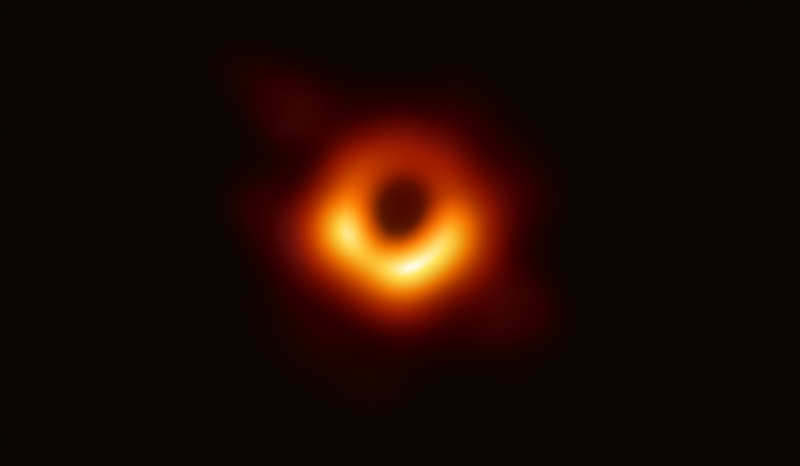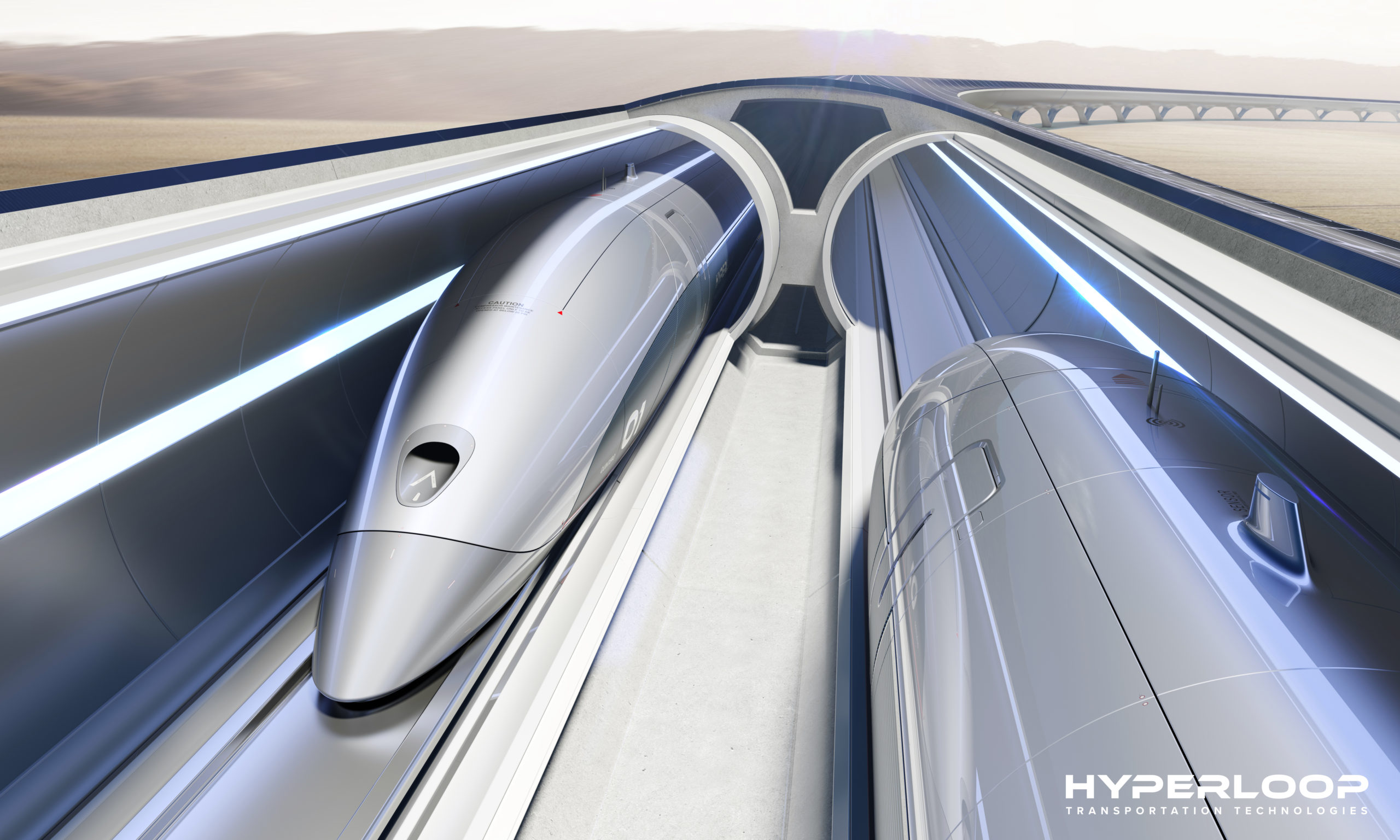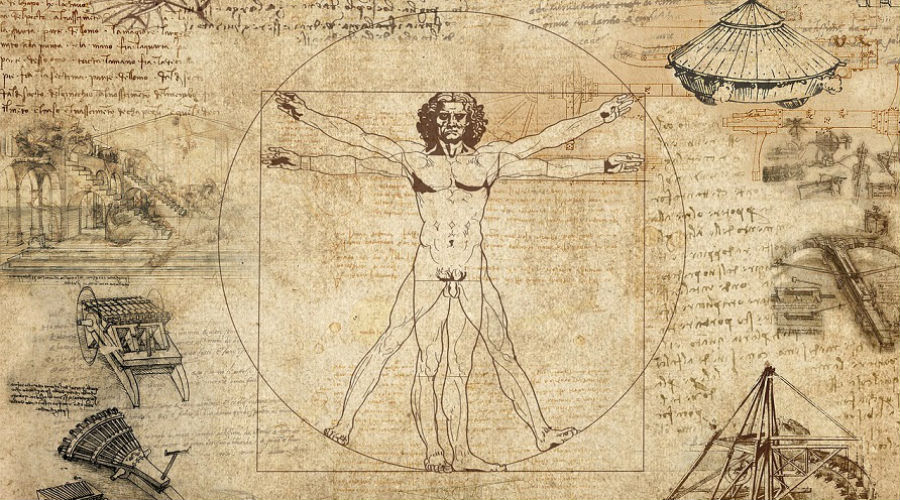The first photo of a dark hole
The first “flash” in the darkness
Today we will discuss a photo that will most likely become one of the most famous photos of our century: the first photo of a black hole.
Even though black holes have been matter of discussion for decades (we can mention Einstein’s relativity as well as Stephen Hawking’s numerous theories), immortalizing them had never been possible before.
This achievement is somehow incredible, as were the technologies employed to reach it: we are indeed talking about managing to glimpse a black hole from the Earth, that is nearly equivalent to photographing an object with the dimensions of a table tennis ball, from our apartment’s balcony.


How was that possible?
As we said before the technologies employed have been developed for 10/20 years and, fundamentally, they are the result of an international cooperation among many centers of research.
The leading parts in the discovery are played by the EHT system (Event Horizon Telescope), the algorithms that enabled the analysis of the collected data and finally the supercomputers provided by the MIT(Massachusetts, USA) and the Max Planck Institute fur Radioastronomy (Germany) that processed those algorithms.
The 8 EHT radiotelescopes are positioned in different corners of the Earth and have been synchronized thanks to the atomic clocks installed in them. The employed technique is named VLBI (Very long Baseline Interferometry) which consists in pointing many telescopes in the same direction making sure that the final result is comparable to the use of one enormous antenna.
In this case, all 8 telescopes looked at the same portion of sky in sync (in a time frame we remind being infinitesimal), collecting a quantity of data measurable in the order of petabytes.
Not oly the supercomputers from the MIT and the Max Planck Institute were needed, but also means of transportation to deliver the hard disks containing the data to be analized. Transferring such a massive amount of data through the Interner turned out to be impossible, so the only way was to carry them physically to the mentioned locations.
Video of the announcement
(link to full video in the sources)
Photos from Sagittarius A*and M87
The two black holes photographed are Sagittarius A* (Milky Way) and M87 (Virgo Galaxy). Down here you will find a photo of the M87 event horizon.


M87 event horizon
Sources
- Event Horizon Telescope
- Live della Commissione Europea
- Facebook page Chi ha paura del buio?
- Video integrale della presentazione








